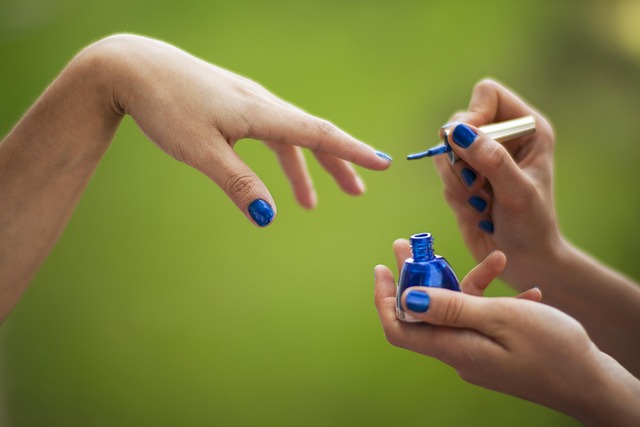In Golden, yellowing Maple leaves often result from nutrient deficiencies, environmental stress, poor soil quality, or insufficient fertilization. To prevent and manage this issue, monitor soil health, practice optimal watering, and apply balanced fertilizers. Regular deep watering, strategic pruning, and early intervention are key techniques to maintain Golden maple trees' health. For accurate diagnosis and treatment, consult professional tree care experts who understand local climate variations and can address leaf yellowing through advanced training.
Are your Golden maple trees displaying yellow leaves? Don’t worry, you’re not alone. Understanding why your maples are turning yellow is the first step towards a vibrant solution. This article delves into the common causes of maple leaf yellowing, from environmental factors to training techniques. We’ll explore when to seek professional help and equip you with knowledge to nurture healthy trees. Discover the secrets to maintaining lush green foliage in your Golden landscape.
- Understanding Maple Leaf Yellowing in Golden: Common Causes and Environmental Factors
- Young Tree Training Techniques to Prevent and Reverse Leaf Yellowing
- When to Seek Professional Help for Your Maple Trees
Understanding Maple Leaf Yellowing in Golden: Common Causes and Environmental Factors

If you’re noticing your Golden maple trees’ leaves turning yellow, don’t worry—it’s a common issue with several potential causes. One of the most frequent reasons for this discoloration is nutrient deficiency, particularly nitrogen. Maples require ample nitrogen to maintain vibrant foliage, so deficiencies can lead to chlorosis (yellowing leaves). This could be due to poor soil quality or insufficient fertilization.
Environmental factors also play a significant role. Stress from extreme temperatures, especially during prolonged hot spells, can cause maple leaves to turn yellow and eventually drop. Additionally, excess moisture or drought can trigger similar responses. In Golden’s climate, these environmental cues might coincide with nutrient deficiencies, exacerbating the issue. Regular monitoring of soil health and providing appropriate care, including well-balanced fertilization and optimal watering practices, can help prevent and manage maple leaf yellowing.
Young Tree Training Techniques to Prevent and Reverse Leaf Yellowing

In Golden, where maple trees thrive, leaf yellowing can be a concerning issue for many tree owners. The good news is that proper young tree training techniques can help prevent and even reverse this problem. One of the key aspects to address is ensuring adequate water and nutrient supply. Young maple trees require consistent moisture, especially during their first few years of growth. Regular deep watering helps maintain optimal soil conditions, promoting healthy root development and efficient nutrient uptake.
Additionally, training involves strategic pruning to improve airflow and sunlight penetration. By removing any crossed or damaged branches, you enhance the tree’s overall health and reduce stress. Proper pruning encourages new growth and allows for better access of nutrients, potentially mitigating yellowing leaves. Regular monitoring and early intervention are crucial; addressing leaf yellowing promptly can save your Golden maple trees from further damage.
When to Seek Professional Help for Your Maple Trees

If you’ve noticed your Golden maple trees displaying signs of distress, such as leaves turning yellow, it might be time to consider professional tree care. While minor issues like this can often be addressed with proper maintenance and care, certain conditions require expert attention. For instance, yellowing leaves could indicate nutrient deficiencies, pest infestations, or underlying diseases that are best diagnosed and treated by arborists.
In Golden, where climate variations can be significant, maple trees may also need specialized care to adapt and thrive. Professional tree trainers can provide guidance tailored to your specific area and tree species, ensuring optimal health and growth. They employ advanced techniques to train young trees, enhancing their structure and resilience against common issues like leaf yellowing.
Understanding why your Golden maple trees exhibit leaf yellowing is crucial for their health and longevity. By identifying common causes, such as nutrient deficiencies or environmental stressors, you can employ effective training techniques to prevent and reverse this issue. Young tree care includes monitoring soil conditions, ensuring proper hydration, and providing adequate sunlight. If the problem persists, seeking professional help from arborists experienced in maple tree maintenance is recommended. They can offer tailored solutions, ensuring your Golden maples thrive with vibrant, green foliage year-round.
